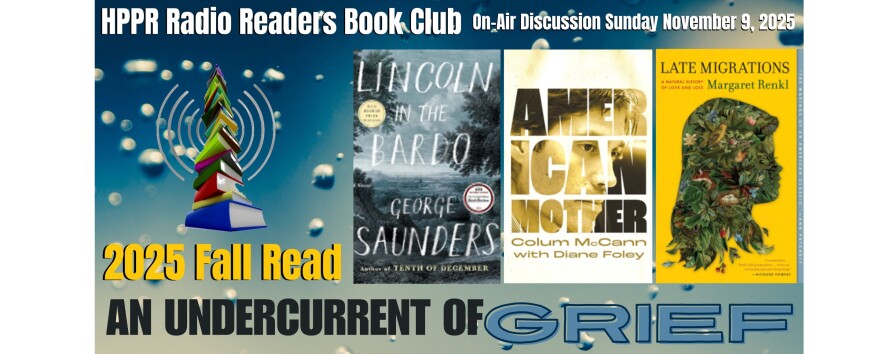Welcome to this Radio Readers BookByte. I am Marco Macias, a history professor here at Fort Hays State University. The Blue Book of Nebo by Manon Steffan Ros is an emotional novel that examines the compelling landscape of life after "The End," a catastrophic event that leaves a mother and her son isolated in rural Wales. Self-reliance and isolation are central themes that offer the reader a sense of humanity in a collapsed society.
The novel unfolds through the alternating perspectives of Dylan and his mother, Rowenna, drawing readers into their lives as they adapt to a world where the remnants of modern society have all but vanished. Nebo, with its rugged terrain and abandoned homes, serves as the backdrop for their existence, mirroring the solitude often found in rural communities. The isolation they experience, both physical and emotional, is a central element of the story, reflecting the challenges of living far from the conveniences and support systems of a functional society.
The characters' journey through this new reality highlights the importance of self-sufficiency, a theme that resonates with the experiences of any who are self-reliant. The novel emphasizes the necessity of survival skills—growing food, hunting, and making do with limited resources—paralleling the resourcefulness of some isolated rural communities nowadays. In this world, every action is vital, and every decision carries weight.
Ros’s portrayal of "The End" also captures the psychological impact of isolation. Rowenna and Dylan’s world is one where the past is ever-present, where memories of a different life filled with people and activity contrast sharply with the emptiness of their current existence. This sense of living on the margins, where the future is uncertain and the past feels like a distant dream, where a child is learning how to be a man in a new reality.
A particularly compelling aspect of The Blue Book of Nebo is how it explores the world through the eyes of a child. Dylan’s perspective offers a unique lens on the post-apocalyptic setting, marked by a mix of innocence and growing awareness. As he navigates this new reality, his observations reveal the stark contrasts between the world he barely remembers and the one he now inhabits. This childlike viewpoint adds depth to the narrative, emphasizing the emotional and psychological challenges of growing up in such a harsh environment. Dylan’s curiosity, resilience, and gradual understanding of his circumstances provide an emotional counterbalance to Rowenna’s more reflective and burdened perspective, highlighting the different ways in which people of varying ages cope with loss and change.
The Blue Book of Nebo is a powerful exploration of what it means to live on the margins of society, in a world where familiar structures have crumbled. Through its dual perspectives, the novel offers a deeply moving meditation on survival, memory, and the ties that bind us to each other, especially in the face of overwhelming adversity. For readers familiar with rural life, the novel’s depiction of isolation, resilience, and the impact of catastrophic change will resonate deeply, making it a memorable and thought-provoking read.










